What is wabi-sabi? Here's all you need to know about this interiors trend
Spring decor is all about wabi-sabi (and it’s not a type of sushi!)

Move over Hygge, Lagom, gezellig and Còsagach, there's a new lifestyle trend in town. As we start to emerge from the cosy cocoon of winter, it’s time to embrace wabi-sabi, the spring interiors trend causing a stir. Wabi-sabi is about embracing a way of living that is authentic, simple and close to nature.
Want to know more about trends? Lagom replaces hygge as the new Scandi trend set to dominate 2017
What is wabi-sabi?
Wabi-Sabi is a Japanese philosophy that celebrates the beauty of a naturally imperfect world. 'Wabi' means an understated elegance through rustic, simple and natural design. 'Sabi' means seeing beauty in the flaws that come with age.
By personalising your space with much-loved possessions, you can create a sense of peace and serenity within your home.
Read on to find out how to embrace the Japanese art of wabi-sabi in your own home...
How to bring wabi-sabi into your home
1. Love the imperfections
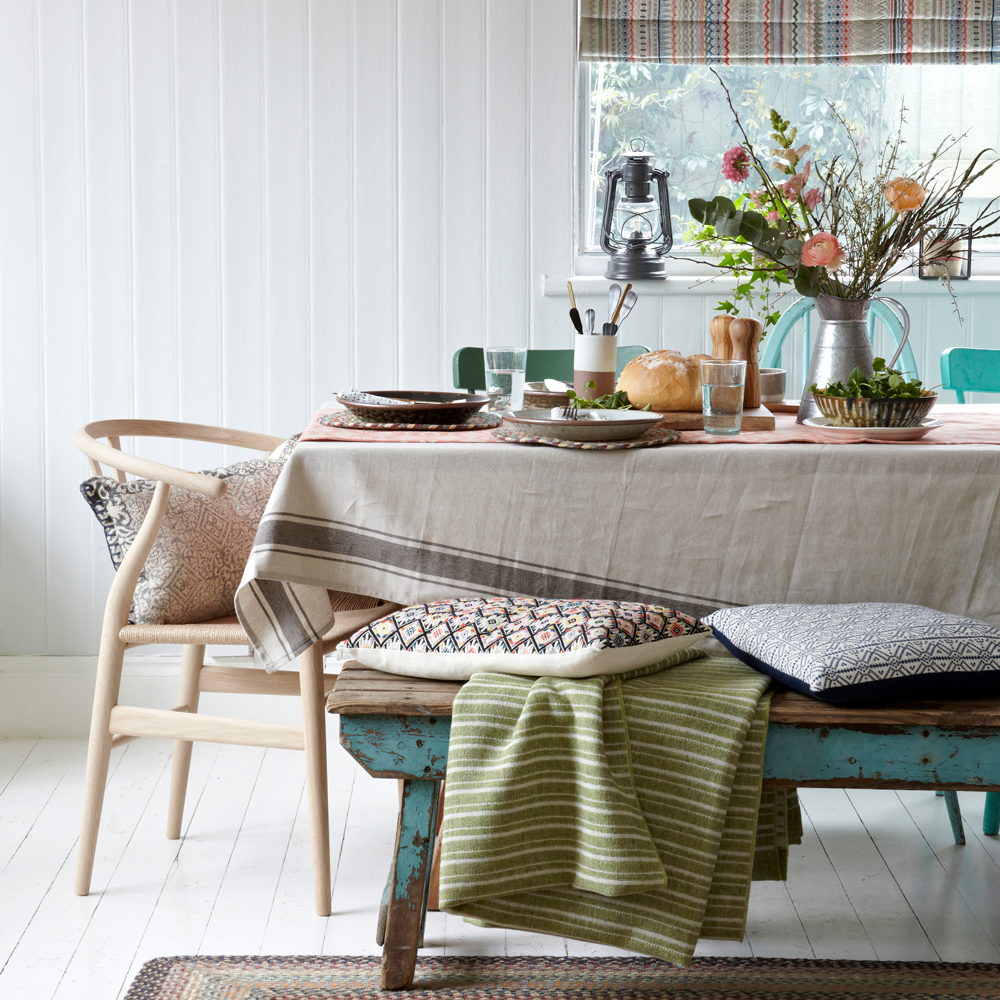
The Wabi-sabi trend has strong links to the Japanese tea ceremony, where the environment is calm and relaxing with simple routines that generate a feeling of belonging. The cracks and faded glaze of the tea vessels are symbolic of the loving use by generations before them.
Celebrate the imperfections, wooden floorboards can be distressed. If a leather sofa shows signs of ageing it's all the more beautiful. This trend isn't about everything looking pristine.
Get the Ideal Home Newsletter
Sign up to our newsletter for style and decor inspiration, house makeovers, project advice and more.
Mismatched furniture choices, of all different shapes and designs, can still work harmoniously with each other, in the world of Wabi-sabi.
2. Create a sense of purpose
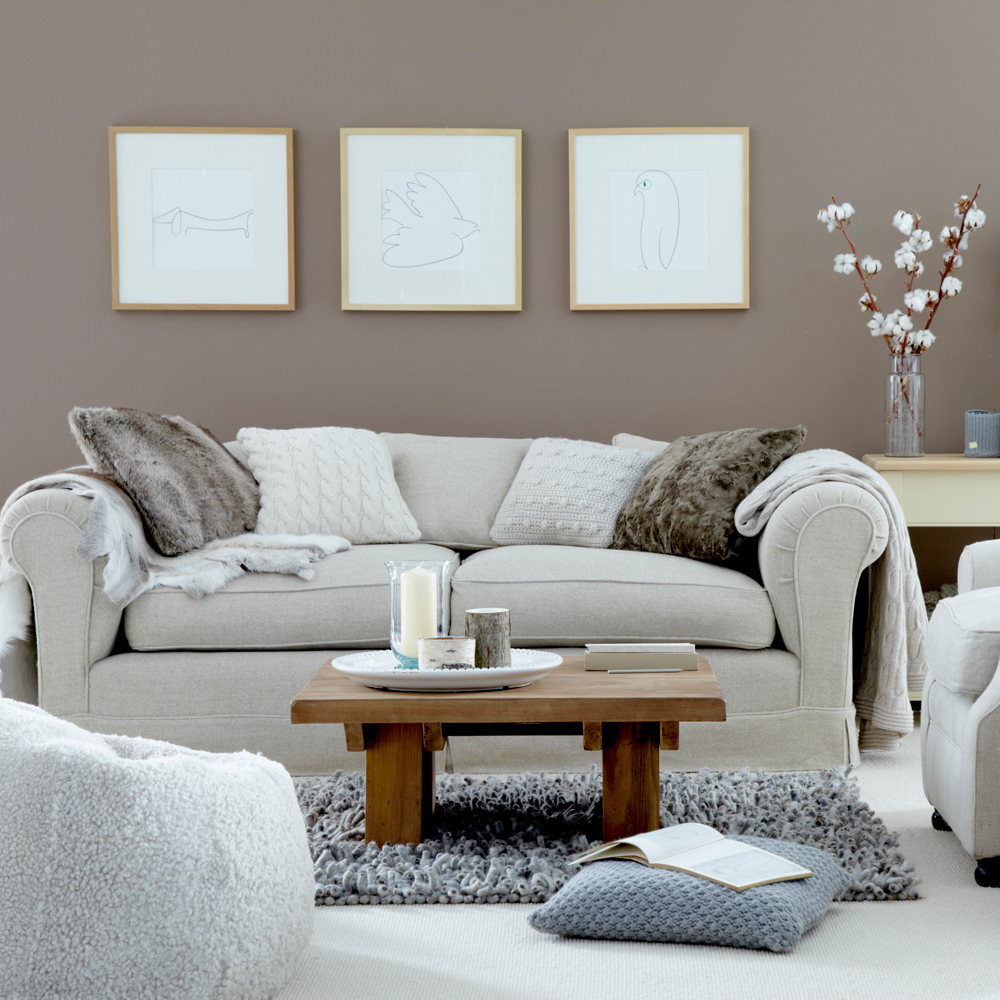
Allow everything a greater sense of purpose, such as a large floor cushion that doubles as a seat. Bring natural textures to every room by layering artisan and natural textures, such as a sheepskin rugs or linen throws.
3. Live with a clutter-free environment
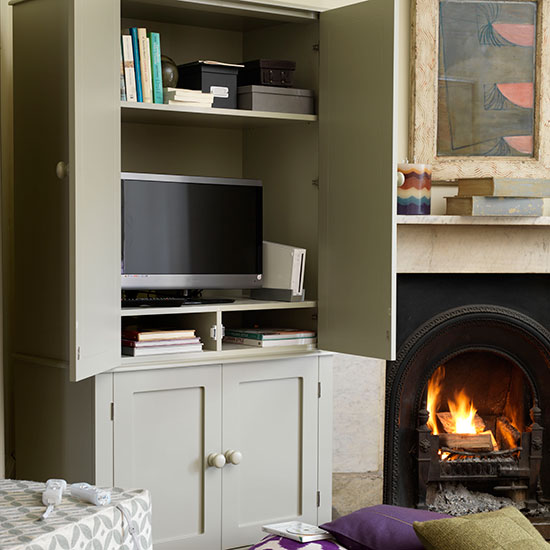
In order to keep our environment clutter free, for sense of greater well-being, technology is best hidden away. Keep your latest tech out of sight in purpose built storage units. Let your focus be on the natural elements of a room, not modern-day gadgets.
4. Decorate with natural materials
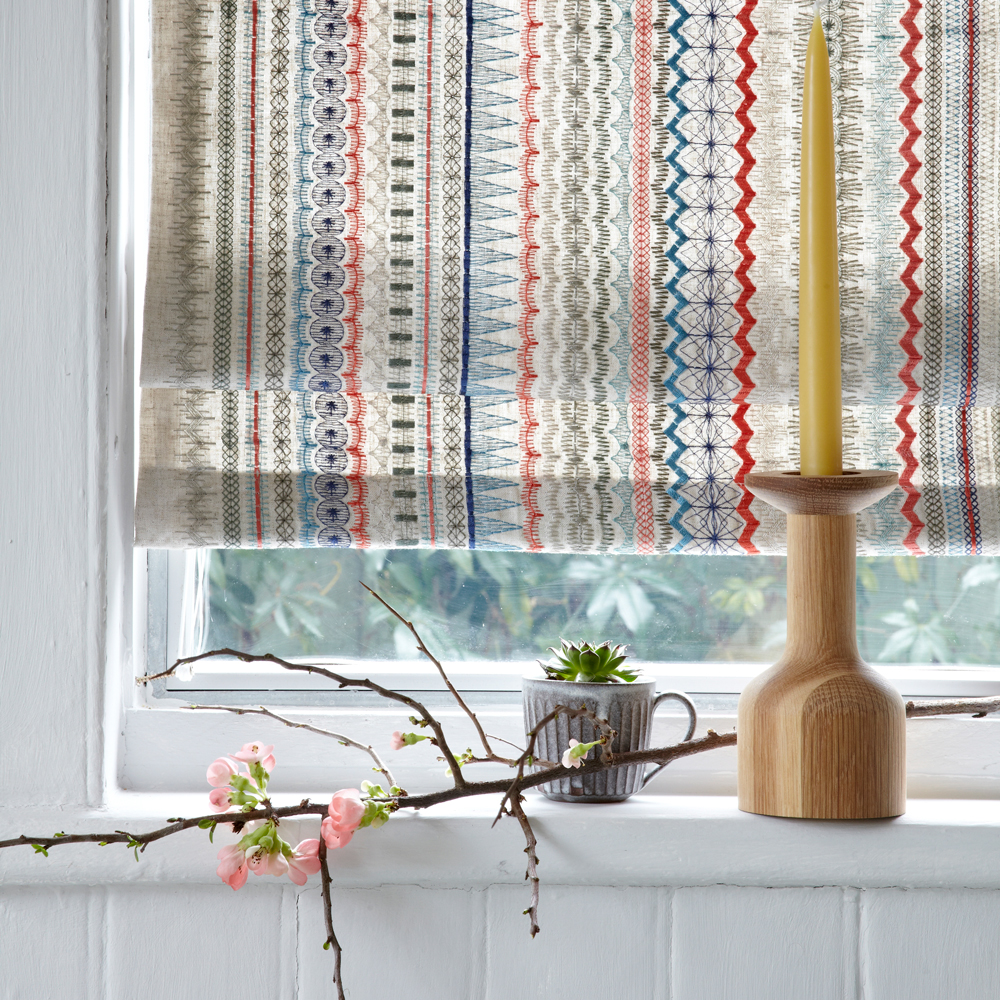
Work with a colour palette that soothes the soul – earthy colour tones work best to bring a sense of nature to interiors. If choosing pattern, pick small-scale designs or simple stripes, avoiding anything that could overpower the natural feel of the space. Add further interest to decor with handmade accessories.
Flooring in sustainable materials such as bamboo, or wooden floorboards, creates a sense of being at one with Mother Nature.
5. Add authentic personal style
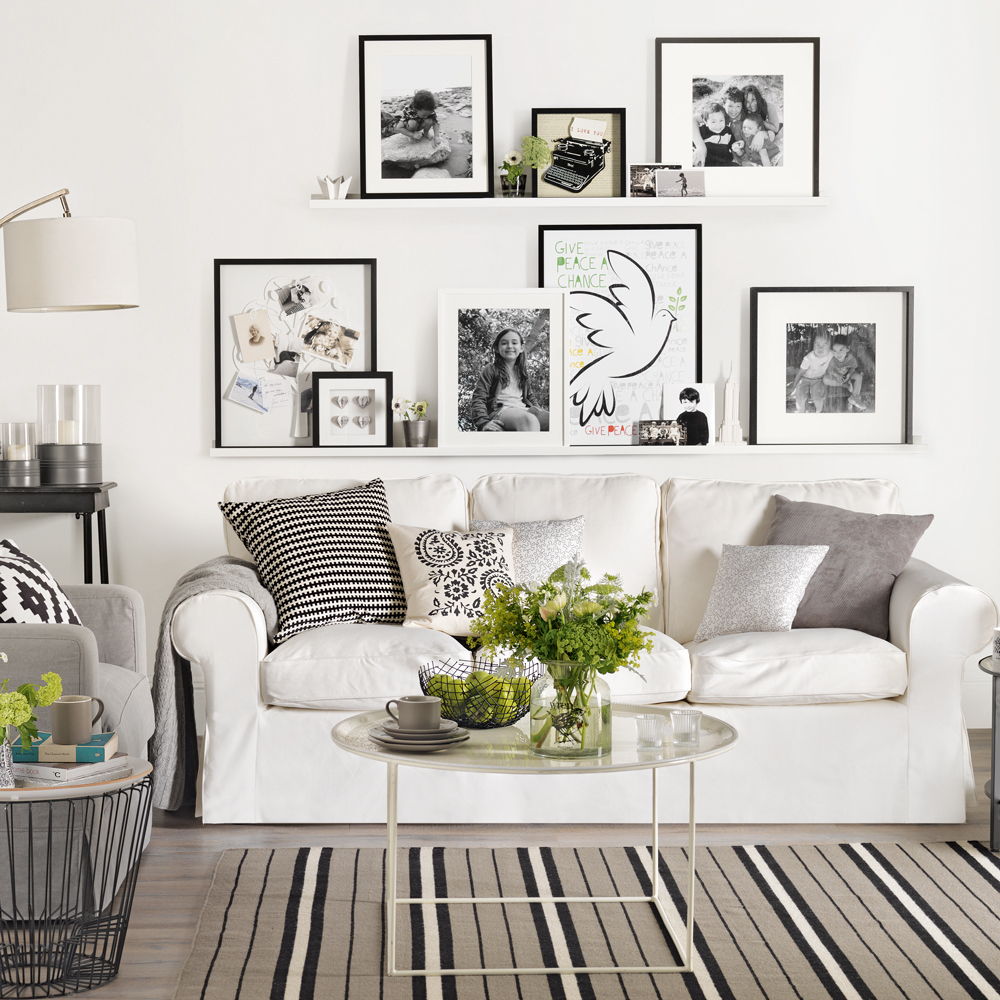
Stamp your own personality on your home with items that have clear links to you as the owner. Decorate with possessions that have a story to tell. Display a family photograph in a wooden frame, pride of place for all to see. Or you could make a feature of an heirloom such as a bowl, vase or a piece of art.
Related: What is Còsagach? It's Scotland's answer to Hygge
A simple way of life sounds goods to us, we'll be embracing wabi-sabi.
Feature by Pauline Ferguson

Thea Babington-Stitt is the Managing Editor for Ideal Home. Thea has been working across some of the UK’s leading interiors titles since 2016.
She started working on these magazines and websites after graduating from City University London with a Masters in Magazine Journalism. Before moving to Ideal Home, Thea was News and Features Editor at Homes & Gardens, LivingEtc and Country Homes & Interiors. In addition to her role at Ideal Home, Thea is studying for a diploma in interior design with The Interior Design Institute.
-
 Wood drenching is the calming new twist on the colour drenching trend – here’s how to make the look work in your home
Wood drenching is the calming new twist on the colour drenching trend – here’s how to make the look work in your homeIt’s easier than ever to embrace natural materials
By Maddie Balcombe
-
 Aldi is launching a £200 day bed with four different features - its sleek design is suited to the whole family
Aldi is launching a £200 day bed with four different features - its sleek design is suited to the whole familyYou don't want to miss out on this Specialbuy
By Kezia Reynolds
-
 How to set up a drip watering system that saves water and a lot of effort
How to set up a drip watering system that saves water and a lot of effortKeep your plants hydrated (and your water bill down) with this clever garden watering solution
By Natalie Osborn